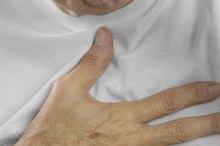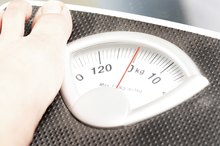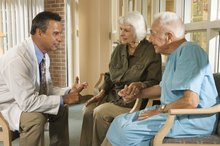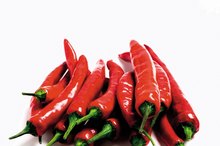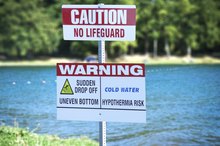Factors Affecting Normal Body Temperature
**In healthy people, body temperature is regulated closely around 98.6 degrees Fahrenheit in all environmental conditions 1. This is accomplished through the body’s ability to regulate heat production and absorption in addition to its heat losses via conduction, convection and radiation. Interruptions in any of these mechanisms can result in temperature fluctuation 2.
Environment
The body’s ability to regulate its temperature is compromised by extreme environmental conditions. For example, in hot, humid conditions, it is difficult for the body to dissipate heat away from itself via heat exchange because of the moisture in the air and small temperature gradient between skin and ambient air, resulting in an elevated temperature. In frigid climates, a great deal of metabolic work is necessary to produce core body heat and prevent it from leaving the body through blood flow to the body surface, resulting in a slight drop in body temperature.
Exercise
Dangerous Temperatures for the Elderly
Learn More
Physical activity can compromise the body's normal temperature. **The response to physical activity is an increase in metabolic rate, resulting in increased heat production within the body 1. Heat transfer via blood flow to the skin surface results in heat losses through sweating and radiation 1. If temperature regulation during exercise is compromised, a sharp rise in body temperature can occur, resulting in heat exhaustion or heatstroke.
Disease
People with health problems often have difficulty regulating body temperature. It is believed that the ability to sense body heat as well as to initiate heat-exchange mechanisms is altered in people with poor health 1. People with hypertension, for example, typically have less ability to circulate blood to and from their extremities and skin surface, resulting in compromised heat transfer away from the body in hot conditions as well as inhibited ability to keep heat central to the body’s core in cold conditions.
Related Articles
References
- "CMAJ"; Heat Stress in Older Individuals and Patients With Common Chronic Diseases; G.P. Kenny et al.; 2010
- "International Journal of Biometeorology"; Review of the Physiology of Human Thermal Comfort While Exercising in Urban Landscapes; J.K. Vanos et al.; 2010.
- Frequently Asked Questions (FAQ) About Extreme Heat. Centers for Disease Control and Prevention.
- Armstrong LE, Casa DJ, Millard-Stafford M, Moran DS, Pyne SW, Roberts WO. Exertional Heat Illness during Training and Competition. Medicine & Science in Sports & Exercise. 2007;39(3):556-572. doi:10.1249/mss.0b013e31802fa199.
Writer Bio
Erik VanIterson has been writing movement science-related literature since 2006. His work appears on Doody Enterprises, Inc., a text-book review Web site. VanIterson holds a Master of Science in exercise physiology from the University of Illinois at Chicago, a Master of Science in biology from DePaul University, and a Bachelor of Science in human physiology from Lyman Briggs College at Michigan State University.
